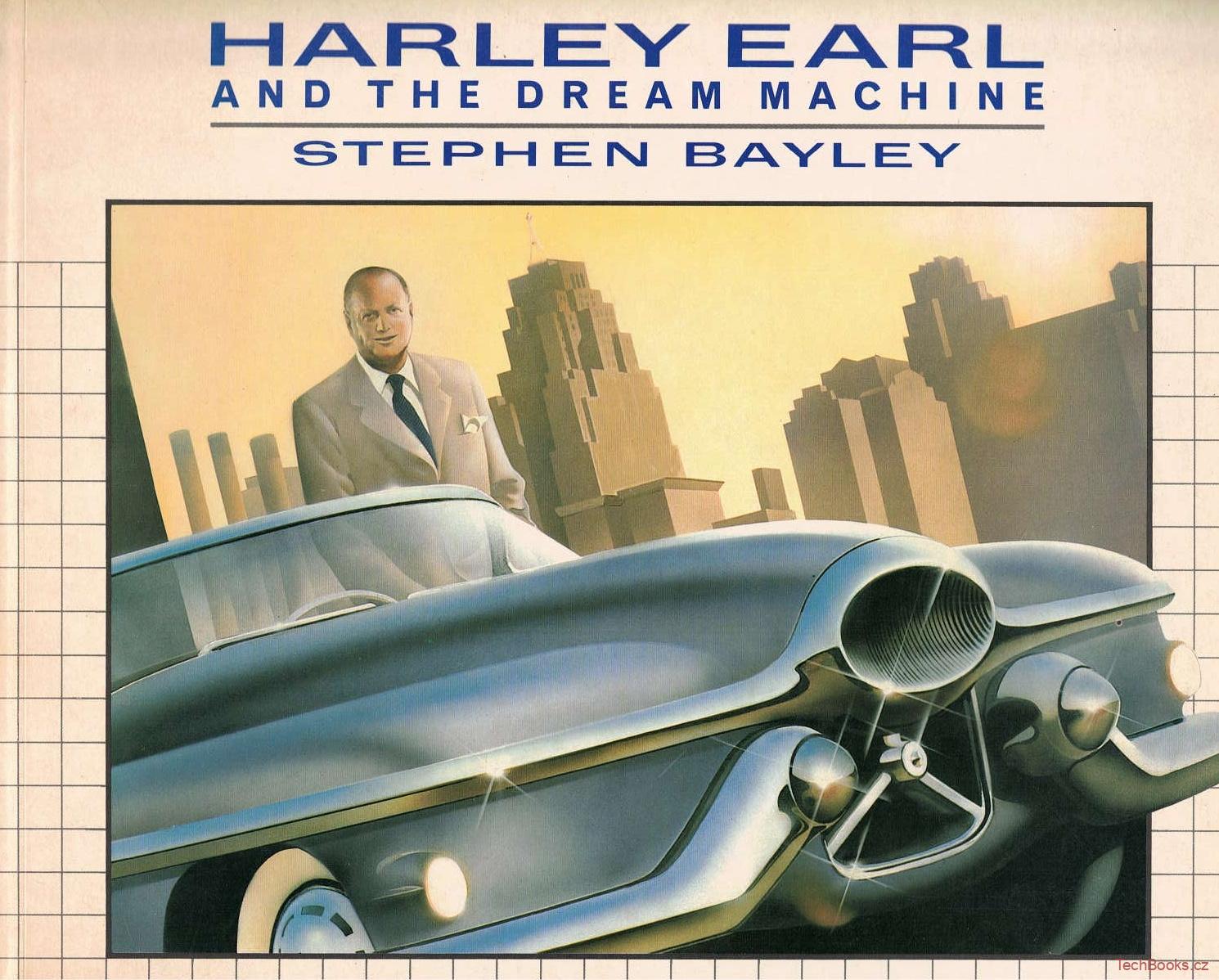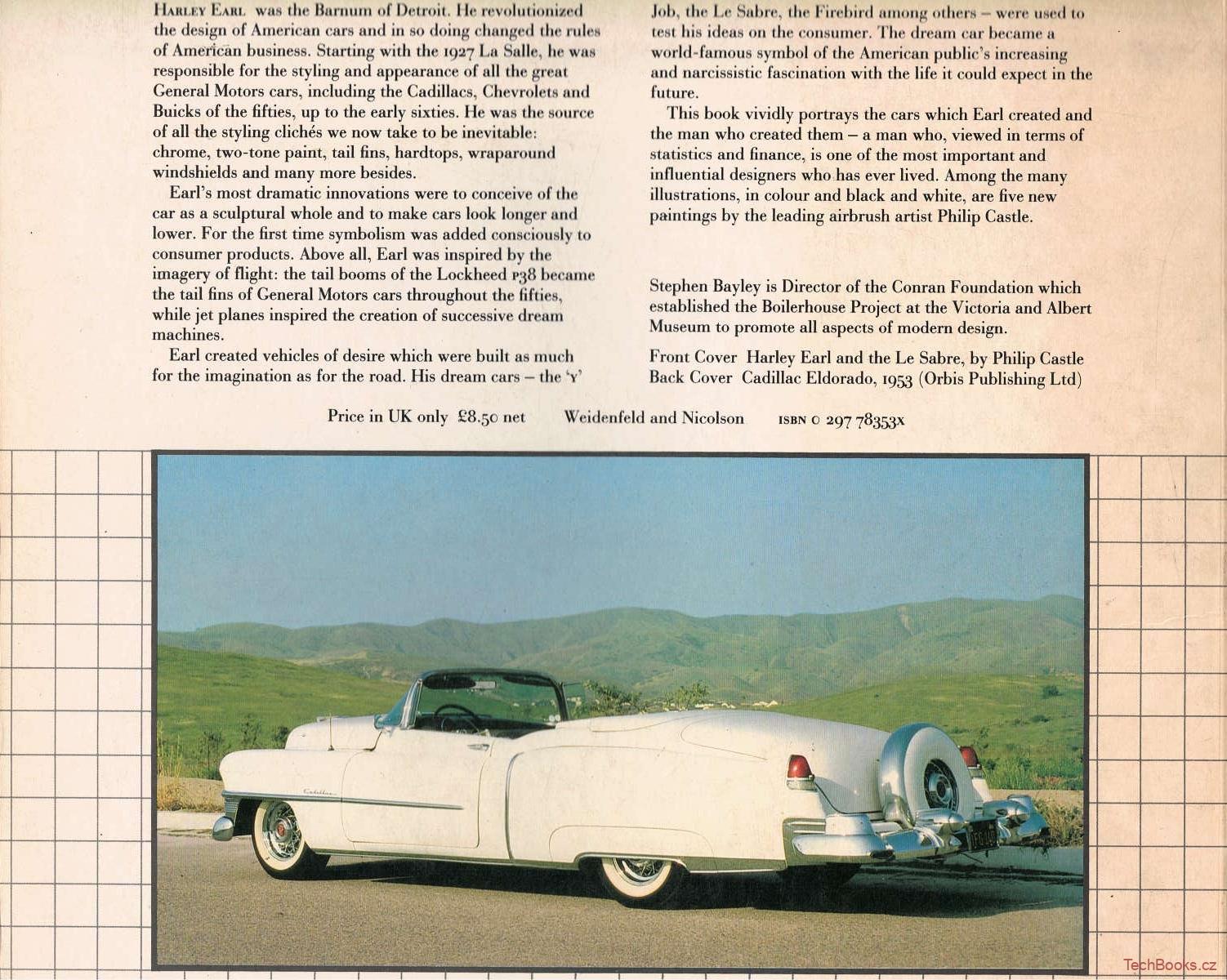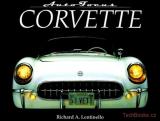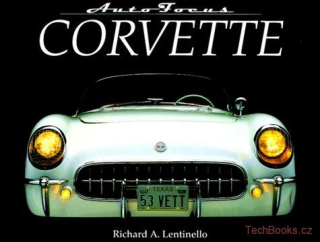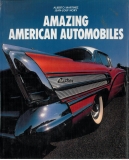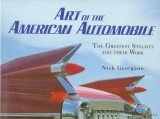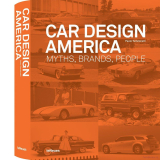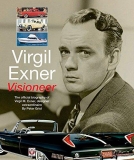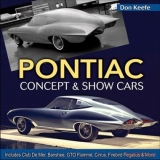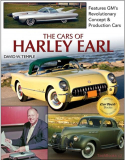Úvod »Lodě, lodní technika» Harley Earl and the Dream Machine
Anotace
| Vazba: | Brožovaná | ||
| Počet stran: | 128 | ||
| Rozměry v mm: | 280 x 230 | ||
| Počet obrázků: | 150 | ||
| Rok vydání: | 1983 | ||
| Vydání: | 1. | ||
HARLEY EARL was the Barnum of Detroit. I le revolutionized the design of American cars and in so doing changed the rules of American business. Starting with the 1927 I,11 Salle, he was responsible for the styling and appearance of all the great General Motors cars, including the Cadillacs, Chevrolets and Buicks of the fifties, up to the early sixties. He was the source of all the styling cliches we now take to be inevitable: chrome, two-tone paint, tail fins, hardtops, wraparound windshields and many more besides. Earl's most dramatic innovations were to conceive of the car as a sculptural whole and to make cars look longer and lower. For the first time symbolism was added consciously to consumer products. Above all, Earl was inspired by the imagery of flight: the tail booms of the Lockheed P38 became the tail fins of General Motors cars throughout the fifties, while jet planes inspired the creation of successive dream machines. Earl created vehicles of desire which were built as much for the imagination as for the road. His dream cars — the 'v'
Job, the Le Sabre, the Firebird Huang.; others — were used to test his ideas on the consumer. The dream car became a world-famous symbol of the American public's increasing and narcissistic fascination with the life it could expect in the future. This book vividly portrays the cars which Earl created and the man who created them — a man who, viewed in terms of statistics and finance, is one of the most important and influential designers who,has ever lived. Among the many illustrations, in colour and black and white, are five new paintings by the leading airbrush artist Philip Castle.
Stephen Bayley is Director of the Conran Foundation which established the Boilerhouse Project at the Victoria and Albert Museum to promote all aspects of modern design.












